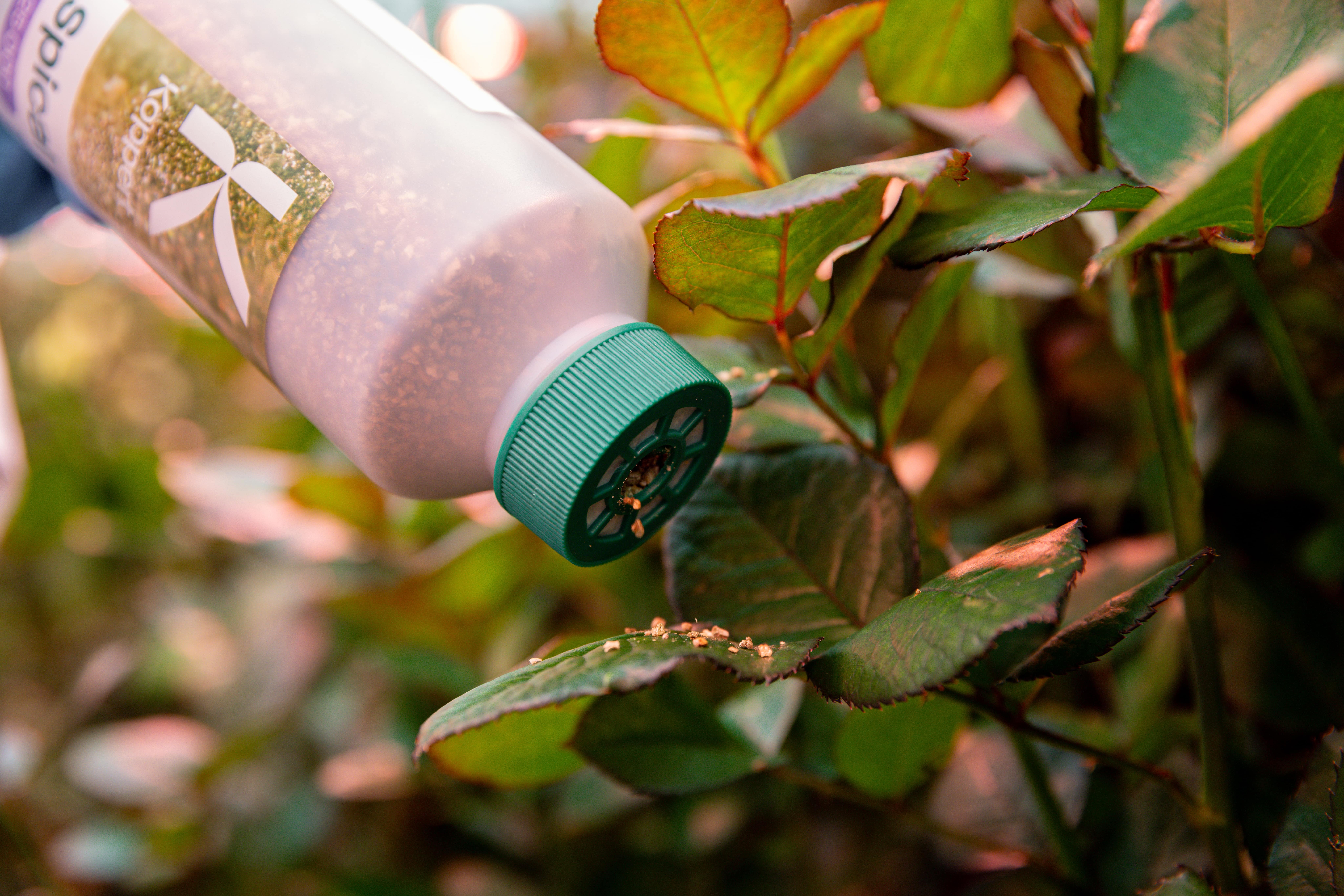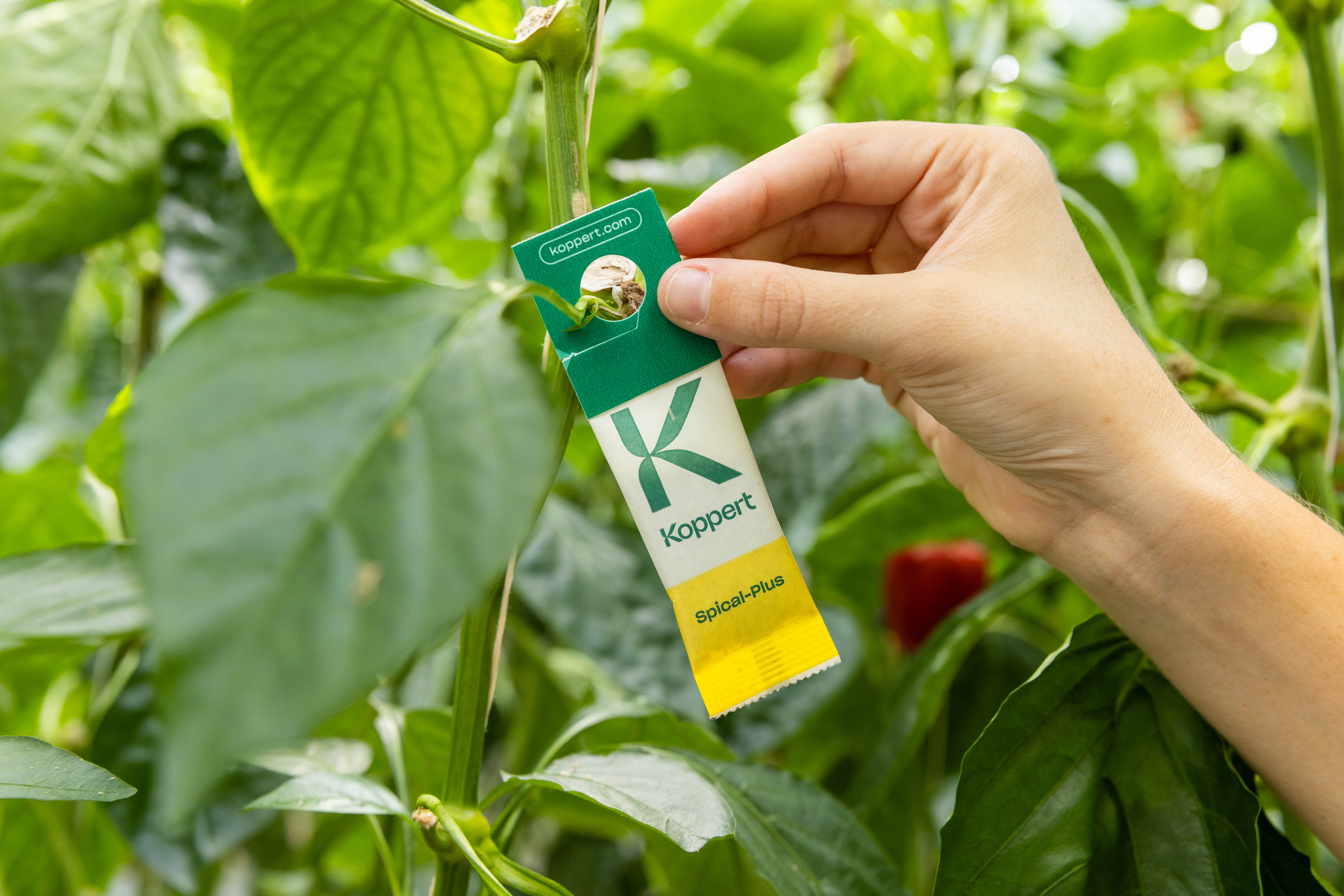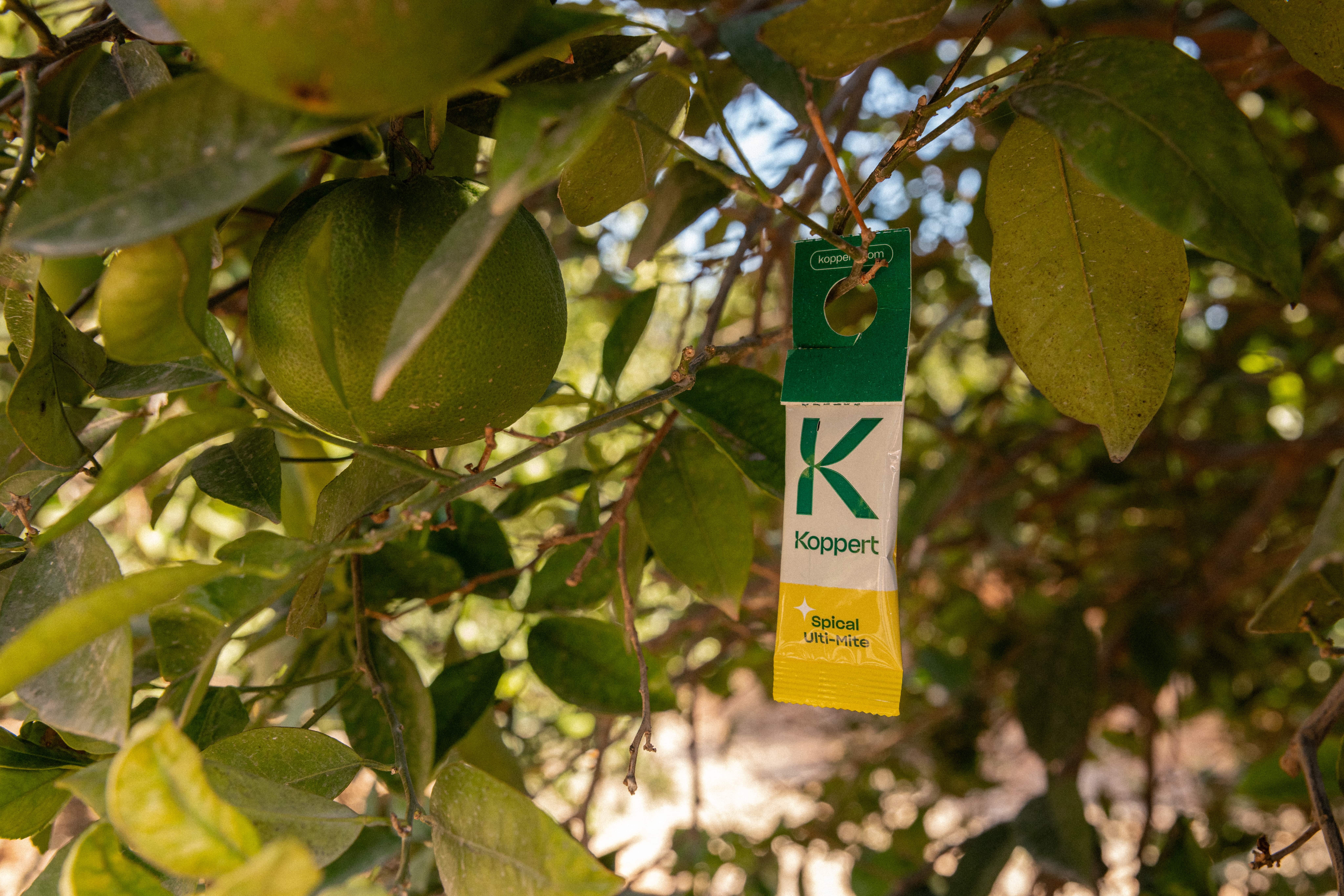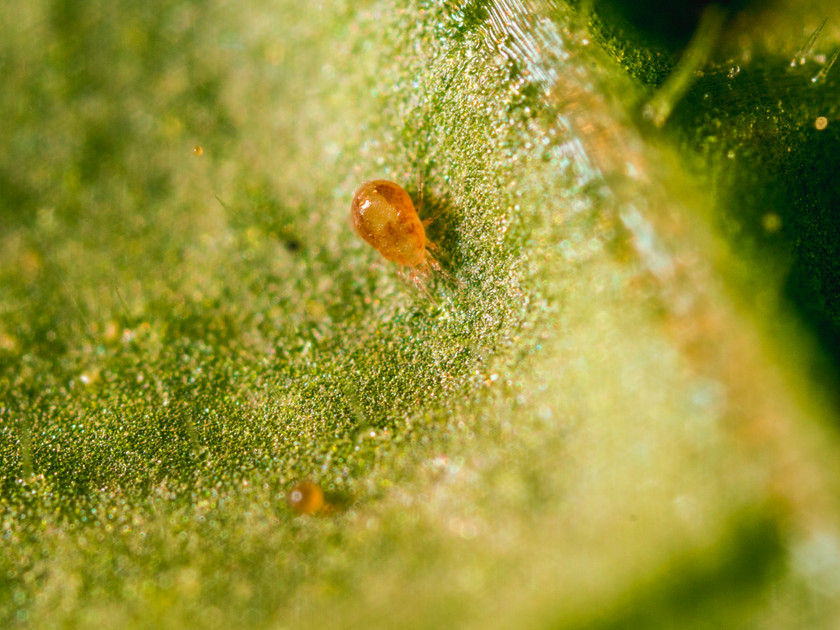Spical - Versatile Defense Against Mites
Oct 21, 2025
All three products use the same beneficial mite: Neoseiulus californicus, a Type II generalist predator. The difference between each product formulation is how the predatory mites release.
Brand-level distinction:
Spical is ideal for spider‑mite control in moderate climates. It targets spider mites, broad mites, and other mite species. Neoseiulus californicus is most effective at temperatures between 55 and 90°F and is sensitive to relative humidity below 60%. (Actual humidity can be measuered at the plant surface, often giving a higher humidity reading than ambient measurements.) Spical is great in combination with Spidex if experiencing a high pressure spider mite problem or with Swirskii of Thripex if looking for coverage of multiple problems such as spider mites and thrips.
Predator behavior & action:
Predators crawl along plant surfaces. Spical is more resilient in ambient temperatures than Spidex, making it a great choice for areas where humidity and temperature are not well controlled. Spical feeds on all life stages of spider mites.
Prey controlled:
Two-spotted spider mites
Other Tetranychus species
Flat mites (Brevipalpus, Raoiella)
European red mite (Panonychus ulmi)
Citrus red mite (Panonychus citri)
Spical (bottle) — Fast release for active spider mites
What makes it different: Predators are released immediately upon application, allowing for rapid impact.
Best for: When spider mites are already present and you need quick control. Mites begin working immediately and can tolerate a range of humidity and temperature conditions.
Why choose it: Fast-acting, versatile protection that fits into any IPM strategy—especially when you need control in hard-to-reach spots or variable climates.

Spical‑Plus (sachets) — Preventative control in stable conditions
What makes it different: Sachets release mites gradually over 4–6 weeks, allowing multiple generations to establish and maintain coverage. Plus sachets are made with a paper material that is sensitive to humidity changes and will become damaged if directly sprayed with water. For Spical sachets that can withstand watering and humidity or temperature swings, check out our Spical Ulti-Mite sachets.
Best for: Preventing outbreaks in areas like greenhouses with consistent humidity and temperature.
Why choose it: Low-maintenance protection that builds a lasting population before mite problems appear.

Spical Ulti‑Mite (sachets) — Preventative control where humidity changes
What makes it different: Same slow-release system as Plus, but with a sachet composed of a resilient mylar foil that does well even in humidity fluctuations.
Best for: Greenhouses or growing areas with variable humidity.
Why choose it: Reliable protection in unpredictable environments, with the same 4–6 week release and multi-generation coverage.
Quick guide
Spider mites already spreading? → Spical (bottle)
Stable greenhouse, want prevention? → Spical‑Plus (sachets)
Humidity swings, want prevention? → Spical Ulti‑Mite (sachets)
Spical Quick Chart
| Pressure scenario | Choose | Why |
|---|---|---|
| Spider mites detected across crop; immediate knockdown needed | Spical (bottle) | Immediate release for curative action |
| Spider mites detected; want ongoing coverage after initial knockdown | Spical (bottle) + Spical Ulti‑Mite | Immediate action plus gradual release for sustained coverage |
| No mites detected; conditions stable; want preventative coverage | Spical‑Plus (sachets) | Gradual release for long-term coverage |
| No mites detected; humidity fluctuates; want preventative coverage | Spical Ulti‑Mite (sachets) | Gradual release for long-term coverage with humidity protection |
Quick Navigation back to our other top predatory mites:
Thripex — Thrips & Problem Mite Control for Cooler Environments - Natural Enemies
Swirski‑Mite - Thrips & Whitefly Control for Warm Environments - Natural Enemies
Spidex - The Spider Mite Specialist - Natural Enemies
For a downloadable guide to selecting the right predatory mite click here.
Check out some more information for a succesful IPM Program below:
Want to rethink how IPM fits into your bottom line?
(This article explores how Integrated Pest Management isn’t just about sustainability—it’s a smart business strategy that can improve profitability when paired with biological control.)
Need to check compatibility by beneficial predator vs active ingredient?
(A quick-reference guide for checking which beneficials are compatible with common active ingredients used in pest management.)
Looking for compatibility info based on popular spray products?
(This chart helps you identify which beneficial insects can be safely used alongside widely used commercial spray products.)
Looking for clarity on common misconceptions about beneficial insects?
(This article breaks down widespread myths about beneficial insects and explains their real-world role in biological control and plant health.)
Curious why prevention matters in biological control—even before problems show up?
(This piece challenges the idea that action only starts when something goes wrong, and explains why & how proactive strategies are key to successful growing.)


